Electrical & Automation
Continuous Energy Improvement in Motor Driven Systems
Views : 10
Continuous Energy Improvement in Motor Driven Systems
Source: https://www.energy.gov
Author: Gilbert A. McCoy and John G. Douglass
Usually dispatched in 2 to 3 days
Usually dispatched in 2 to 3 days
Category:
Electrical & Automation
Only logged in customers who have purchased this product may leave a review.
Related books
Testing and Commissioning of Electrical Equipment
INTRODUCTION
The purpose of these specifications is to assure that all tested electrical equipment and systems supplied by either contractor or owner are operational and within applicable standards and manufacturer’s tolerances and that equipment and systems are installed in accordance with design specifications. The need for acceptance testing of electrical power systems is very clear to those with extensive start-up and/or operating experience.
Shipping and installation damage, field and factory wiring errors, manufacturing defects, and systems and components not in accordance with drawings and specifications are some of the many problems that can be detected by appropriate testing. When these defects are found before start-up they can be corrected under warranty and without the safety hazards and possible equipment and consequential damages or loss of use/production that can occur if discovered after startup or energizing. In addition, test results obtained during acceptance testing are invaluable as base reference data for periodic testing which is an essential element of an effective maintenance program.
This document lists a majority of the field test available for assessing the suitability for service and reliability of the power distribution system. Certain tests have been assigned an “optional” classification. The following considerations were used in determining the use of the “optional” classification: 1. Did another test listed provide similar information? 2. How did the cost of the test compare to the cost of other tests providing similar information? 3. How commonplace was the test procedure? Is it new technology? While acknowledging the above, it is still necessary to make an informed judgment for each particular system regarding how extensive the testing should be. The approach taken in these specifications is to present a comprehensive series of tests that is applicable to most industrial and larger commercial systems.
The guidance of an experienced testing professional should be sought when making decisions such as how extensive testing should be. In smaller systems, some of the tests can be deleted. In other cases, a number of the tests indicated as optional should be performed. As a further note, it is important to follow the recommendations contained in the manufacturer’s instruction manuals. Many of the details of a complete and effective acceptance testing procedure can only be obtained from that source.
Testing and Commissioning of Electrical Equipment
INTRODUCTION
The purpose of these specifications is to assure that all tested electrical equipment and systems supplied by either contractor or owner are operational and within applicable standards and manufacturer’s tolerances and that equipment and systems are installed in accordance with design specifications. The need for acceptance testing of electrical power systems is very clear to those with extensive start-up and/or operating experience.
Shipping and installation damage, field and factory wiring errors, manufacturing defects, and systems and components not in accordance with drawings and specifications are some of the many problems that can be detected by appropriate testing. When these defects are found before start-up they can be corrected under warranty and without the safety hazards and possible equipment and consequential damages or loss of use/production that can occur if discovered after startup or energizing. In addition, test results obtained during acceptance testing are invaluable as base reference data for periodic testing which is an essential element of an effective maintenance program.
This document lists a majority of the field test available for assessing the suitability for service and reliability of the power distribution system. Certain tests have been assigned an “optional” classification. The following considerations were used in determining the use of the “optional” classification: 1. Did another test listed provide similar information? 2. How did the cost of the test compare to the cost of other tests providing similar information? 3. How commonplace was the test procedure? Is it new technology? While acknowledging the above, it is still necessary to make an informed judgment for each particular system regarding how extensive the testing should be. The approach taken in these specifications is to present a comprehensive series of tests that is applicable to most industrial and larger commercial systems.
The guidance of an experienced testing professional should be sought when making decisions such as how extensive testing should be. In smaller systems, some of the tests can be deleted. In other cases, a number of the tests indicated as optional should be performed. As a further note, it is important to follow the recommendations contained in the manufacturer’s instruction manuals. Many of the details of a complete and effective acceptance testing procedure can only be obtained from that source.
Wastewater Treatment Plants Automation Master Plan
Introduction:
The City of Winnipeg has initiated a program to perform upgrades to the wastewater treatment systems at the NEWPCC, SEWPCC, and WEWPCC facilities. As part of these upgrades, automation systems are required for process control and monitoring. These automation systems must be installed to provide effective monitoring and control of the wastewater treatment processes. There are many methods of implementing an automation system, and the purpose of this document is to provide an overall strategy for automation installations that are consistent with the City’s needs. It is expected that this document will form the basis for future design work.
Wastewater Treatment Plants Automation Master Plan
Introduction:
The City of Winnipeg has initiated a program to perform upgrades to the wastewater treatment systems at the NEWPCC, SEWPCC, and WEWPCC facilities. As part of these upgrades, automation systems are required for process control and monitoring. These automation systems must be installed to provide effective monitoring and control of the wastewater treatment processes. There are many methods of implementing an automation system, and the purpose of this document is to provide an overall strategy for automation installations that are consistent with the City’s needs. It is expected that this document will form the basis for future design work.
VFD Smart Drive Technology Saving Electric Motor Energy
Electric Motors Use 70% of the World’s Power
■ We impact that load 30 – 50%
■ Savings can be as much as 20% to 30% on the overall bill
■ Look for 1hp and above operating at least 2,000 hrs/yr
VFD Smart Drive Technology Saving Electric Motor Energy
Electric Motors Use 70% of the World’s Power
■ We impact that load 30 – 50%
■ Savings can be as much as 20% to 30% on the overall bill
■ Look for 1hp and above operating at least 2,000 hrs/yr
Electrical Temperature Measurement
Electrical temperature measurement
The measurement of temperature is of special importance in numerous processes, with around 45% of all required measurement points associated with temperature. Applications include smelting, chemical reactions, food processing, energy measurement, and air conditioning. The applications mentioned are so very different, as are the service requirements imposed on the temperature sensors, their principle of operation, and their technical construction. In industrial processes, the measurement point is often a long way from the indication point; this may be demanded by the process conditions, with smelting and annealing furnaces, for example, or because central data acquisition is required. Often there is a requirement for further processing of the measurements in controllers or recorders.
The direct-reading thermometers familiar to us all in our everyday life are unsuitable for these applications; devices are needed that convert temperature into another form, an electrical signal. Incidentally, these electrical transducers are still referred to as thermometers, although, strictly speaking, what is meant is the transducer, comprising the sensor element and its surrounding protection fitting. In industrial electrical temperature measurement, pyrometers, resistance thermometers, and thermocouples are in common use. There are other measurement systems, such as oscillating quartz sensors and fiber-optic systems that have not yet found a wide application in the industry
Electrical Temperature Measurement
Electrical temperature measurement
The measurement of temperature is of special importance in numerous processes, with around 45% of all required measurement points associated with temperature. Applications include smelting, chemical reactions, food processing, energy measurement, and air conditioning. The applications mentioned are so very different, as are the service requirements imposed on the temperature sensors, their principle of operation, and their technical construction. In industrial processes, the measurement point is often a long way from the indication point; this may be demanded by the process conditions, with smelting and annealing furnaces, for example, or because central data acquisition is required. Often there is a requirement for further processing of the measurements in controllers or recorders.
The direct-reading thermometers familiar to us all in our everyday life are unsuitable for these applications; devices are needed that convert temperature into another form, an electrical signal. Incidentally, these electrical transducers are still referred to as thermometers, although, strictly speaking, what is meant is the transducer, comprising the sensor element and its surrounding protection fitting. In industrial electrical temperature measurement, pyrometers, resistance thermometers, and thermocouples are in common use. There are other measurement systems, such as oscillating quartz sensors and fiber-optic systems that have not yet found a wide application in the industry



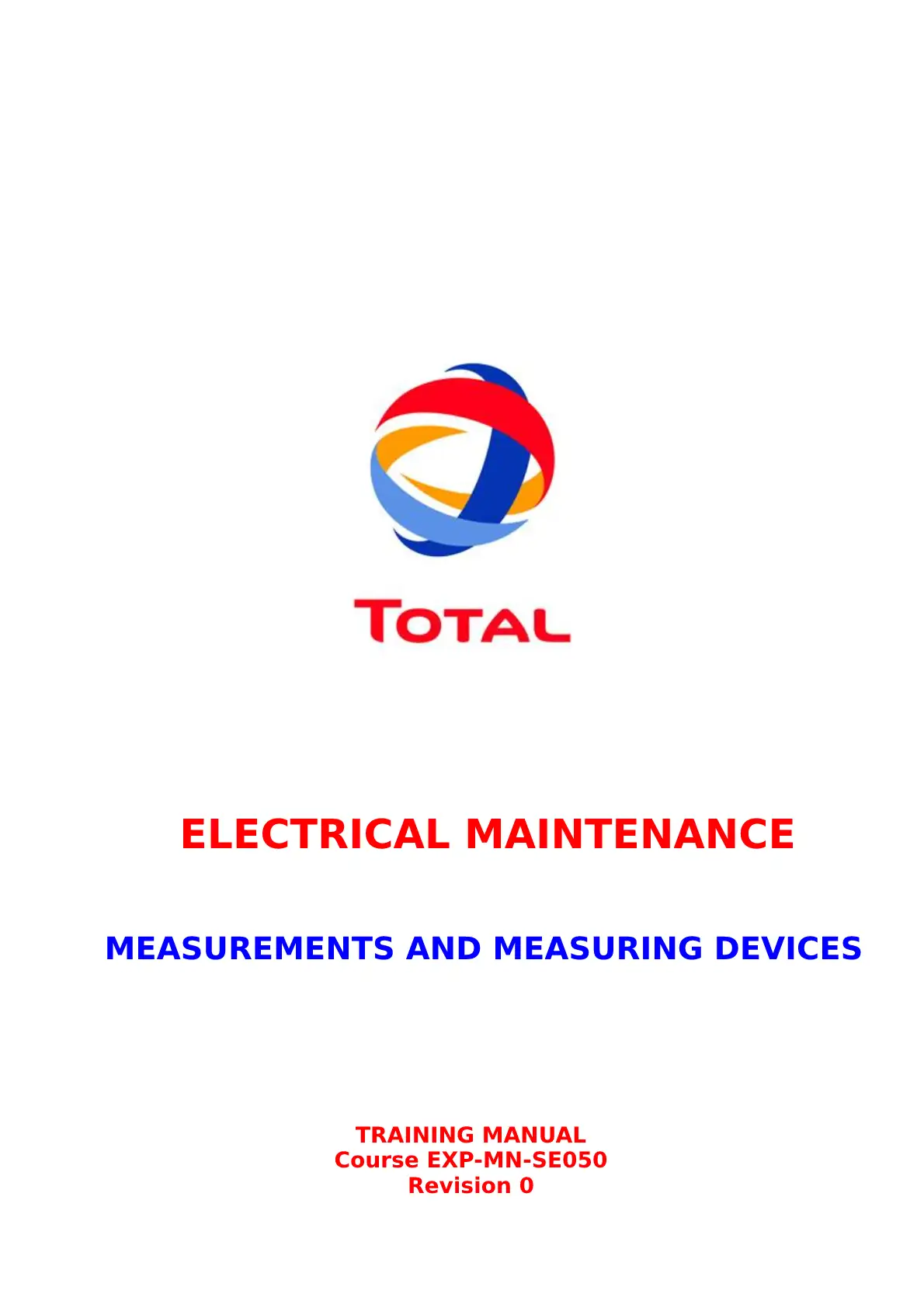





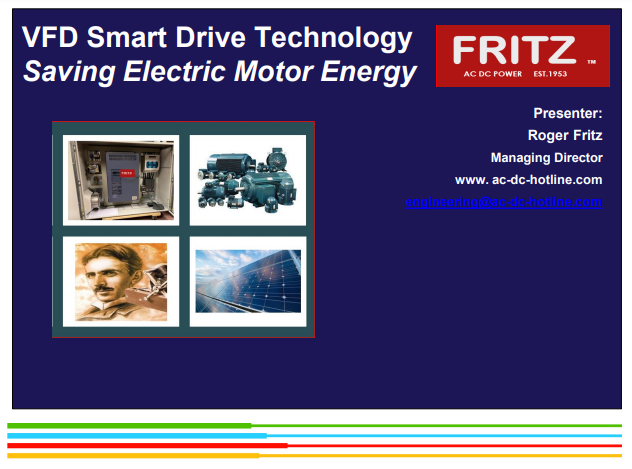
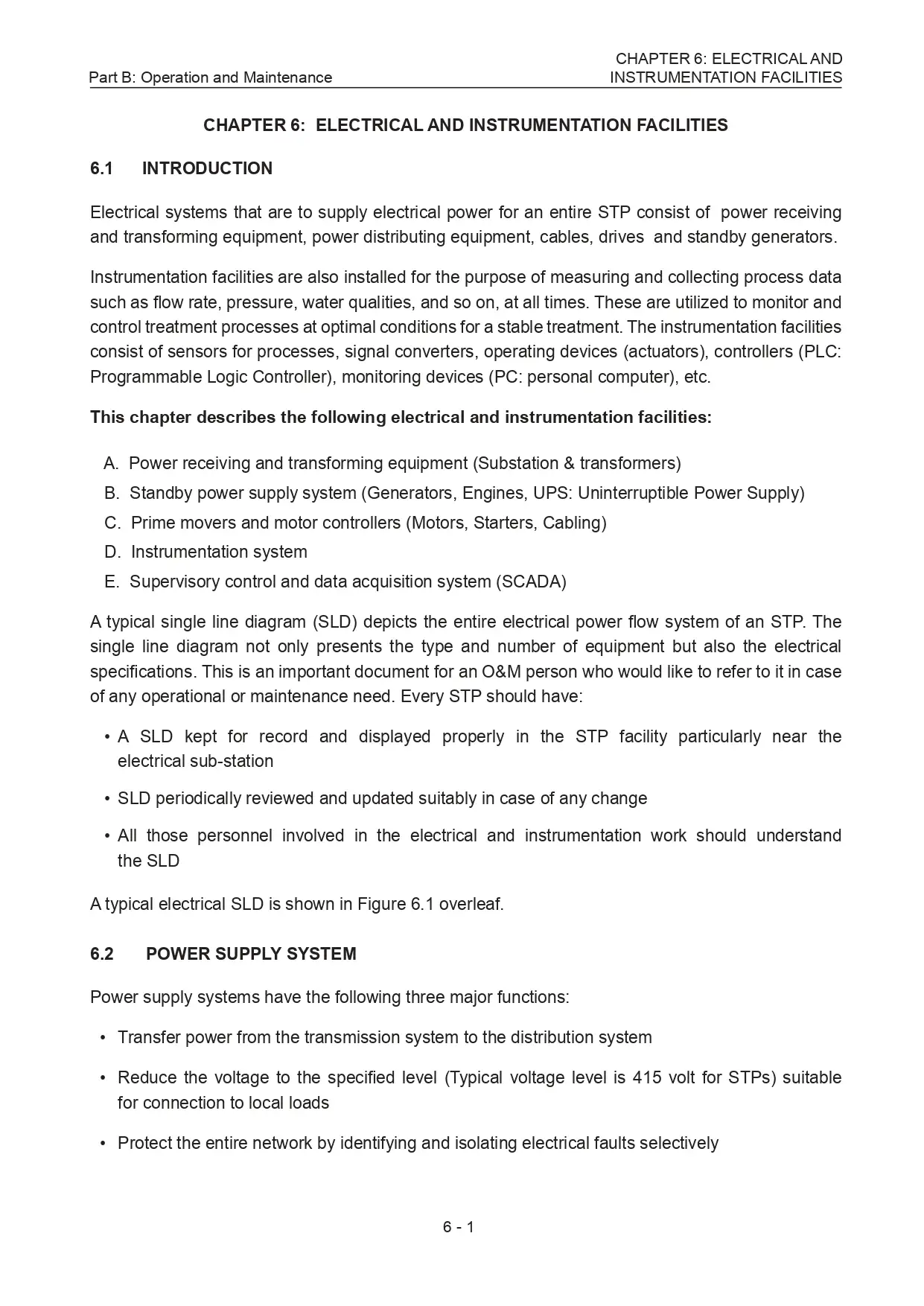

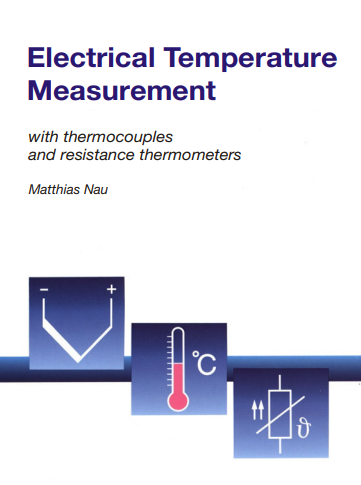

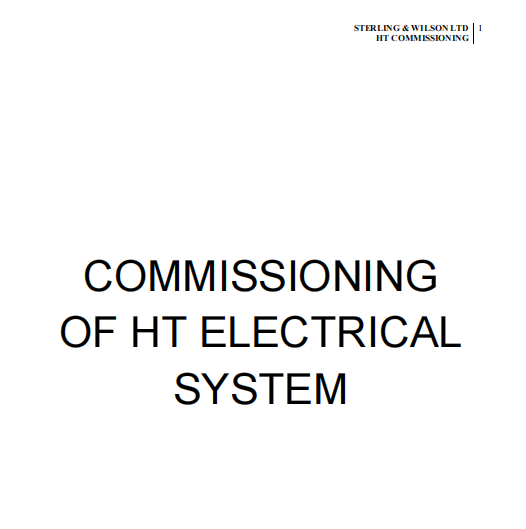
Reviews
There are no reviews yet.